Using an electric motor on the back axle provides a number of advantages. Dropping the mechanical connection to the back wheels, including the propshaft and power take-off unit, allows more room for the battery pack and improves space inside the cabin, eliminating the traditional centre tunnel.
The electric axle should also make for a significant improvement in handling and during off-road work. The speed and precise, controllable nature of the electric motor’s power delivery should improve on-road handling, especially on corners and poor surfaces, as well as providing very fine control of the torque being fed to the rear wheels when driving off-road.
Little has so far emerged about the features offered by the MLA architecture, but it is thought that will change towards the end of this year as new products get closer to launch.
The J-Pace is set to come as a plug-in hybrid as standard, with a turbocharged version of the recently announced Ingenium straight-six engine expected to be the mainstream powertrain. Whether JLR engineers think the new MLA platform will allow a refined installation of the Ingenium four-cylinder engine remains unclear, but a high-powered four-cylinder motor may be offered on the J-Pace for a version biased towards outstanding economy.
There’s no official news on the electric-only range of the J-Pace plug-in hybrid, but 50 miles in favourable conditions will be the minimum target. As JLR outlined last year in an investor presentation, it believes new car buyers remain sceptical about pure-battery vehicles, so providing a battery that allows emission-free driving for shorter city journeys could be the best compromise.
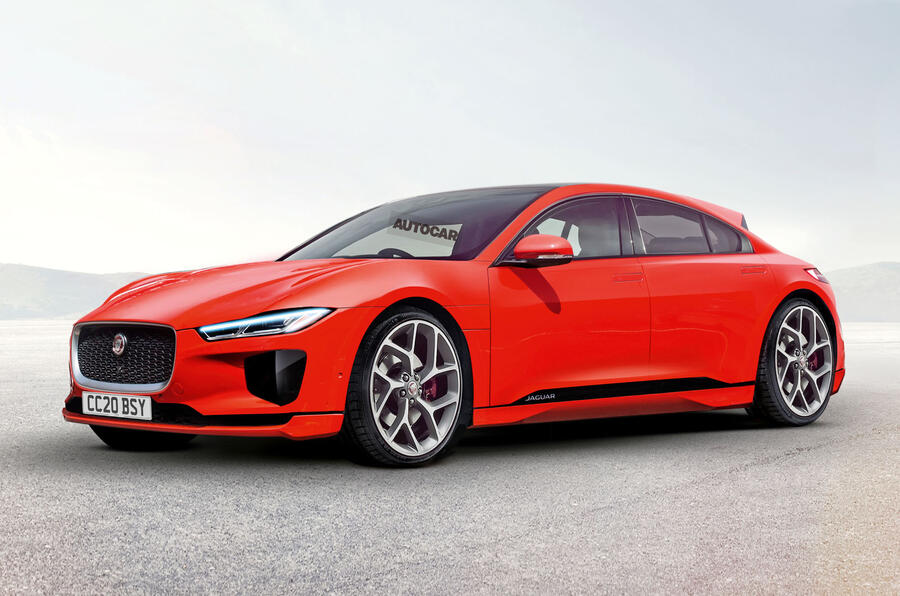
Jaguar Land Rover predicts that just 20% of new car sales will be of pure EVs by 2025, which is why the ability of the MLA platform to be used with conventional petrol/ diesel, plug-in and pure EV powertrains is essential to safeguarding the company’s future. However, predicting the degree by which the market will swing towards electrification is currently eluding nearly everyone in the auto industry.
Jaguar tends not to preview new models with concept cars and has given little away about the J-Pace’s styling. It is, however, likely to build on the distinctive look of the electric I-Pace, which has provided a much-need fresh direction for the Jaguar aesthetic.
Like the recently facelifted XE, the J-Pace’s interior will feature OLED screens intended to raise the perceived quality of the cabin in order to rival those of flagship German crossovers.
The J-Pace is expected to be around 4.9 metres long, and its flat floor should help it to deliver impressive interior space with a healthy boot volume of at least 650 litres. However, the J-Pace’s expected lower roofline means that it won’t be as airy its Range Rover sister.
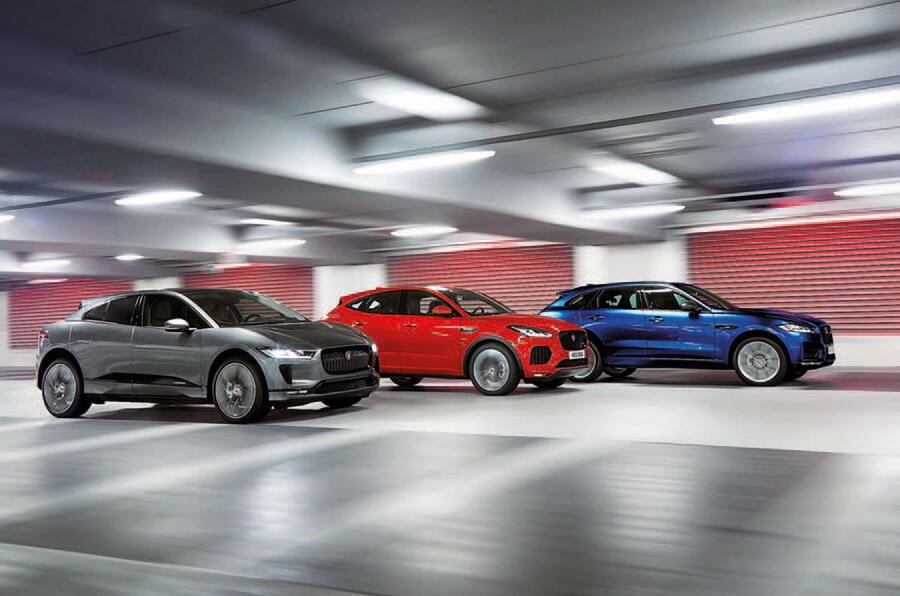

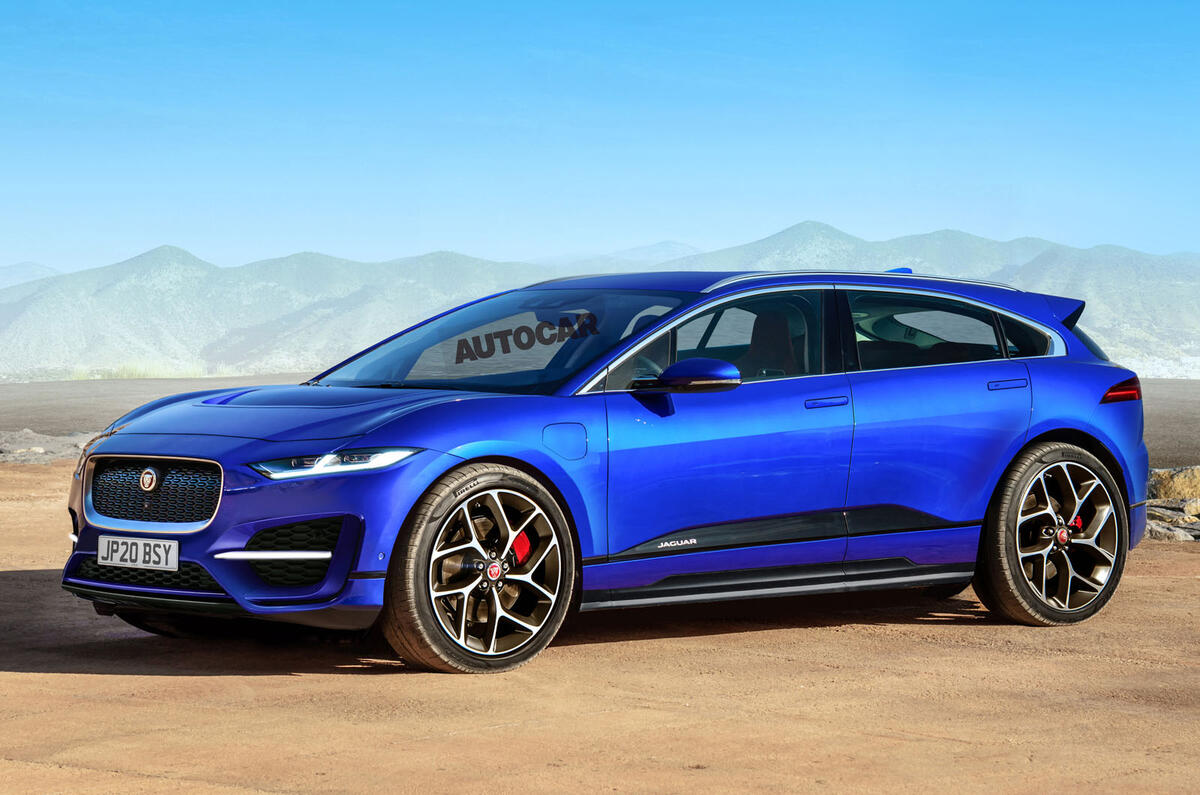
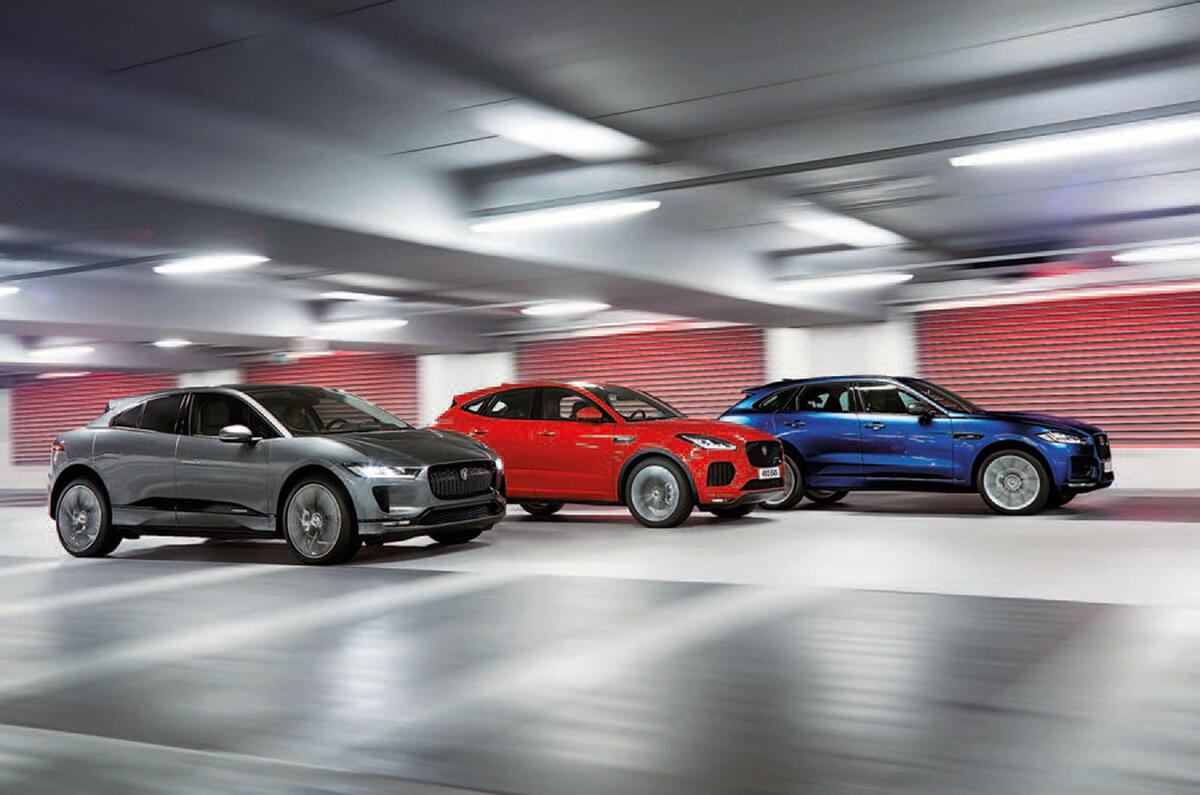
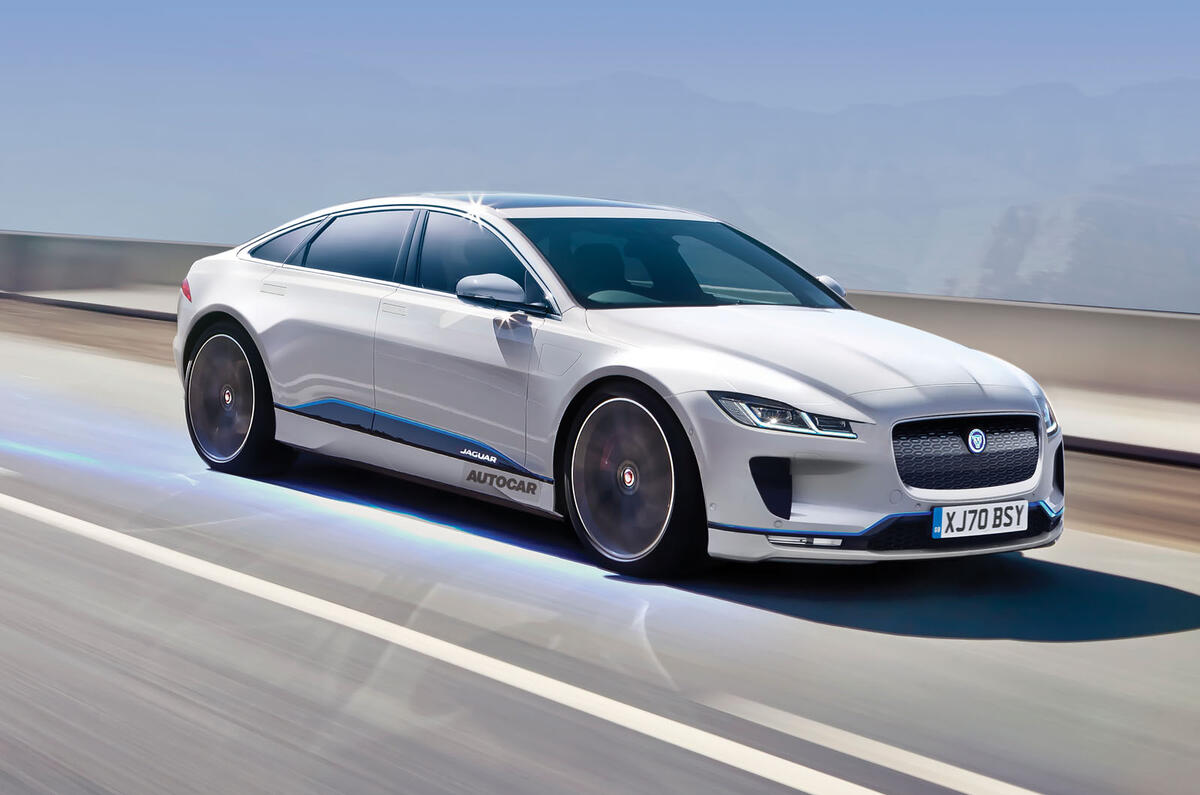
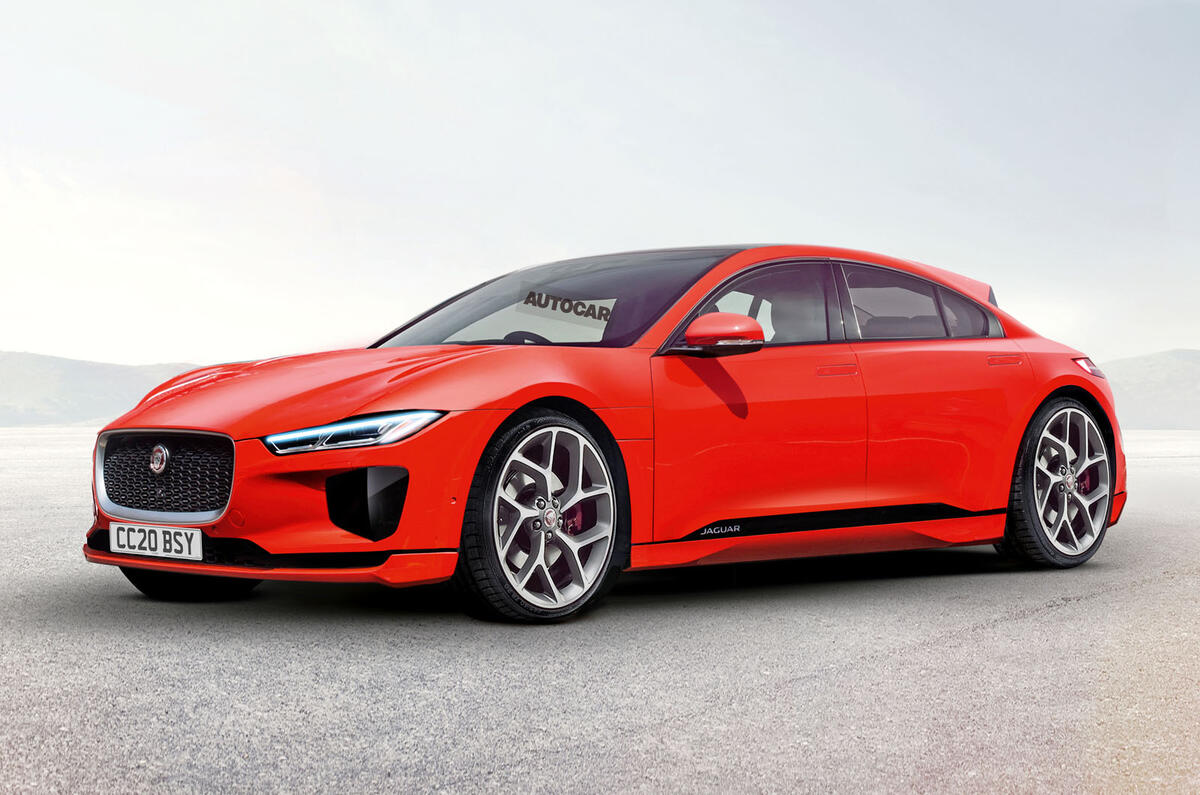
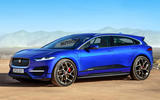
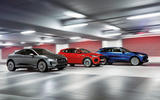
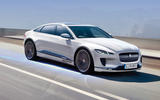
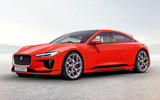


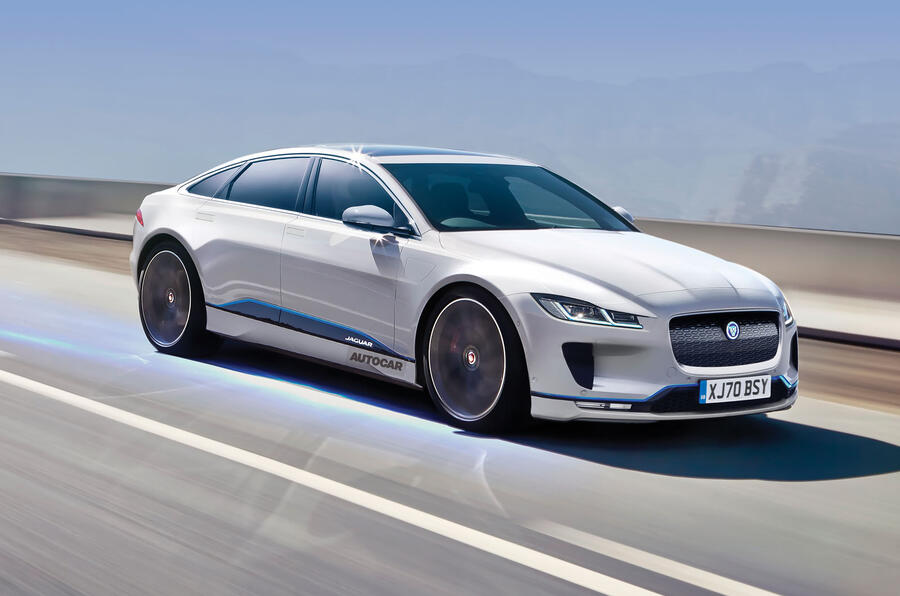
Add your comment